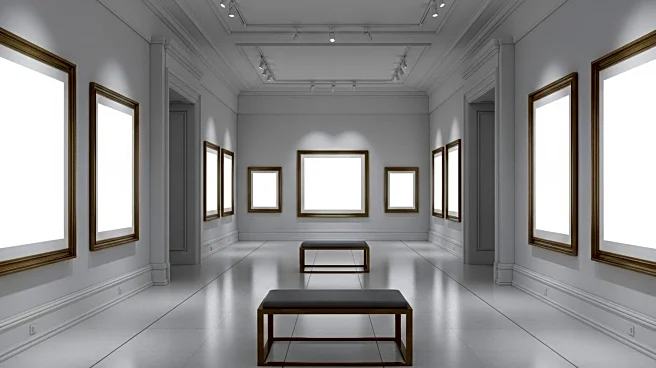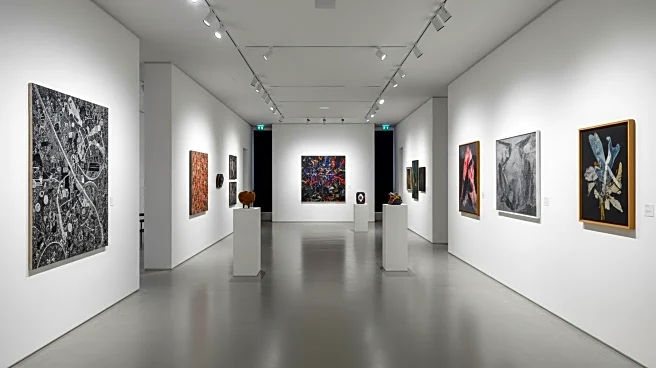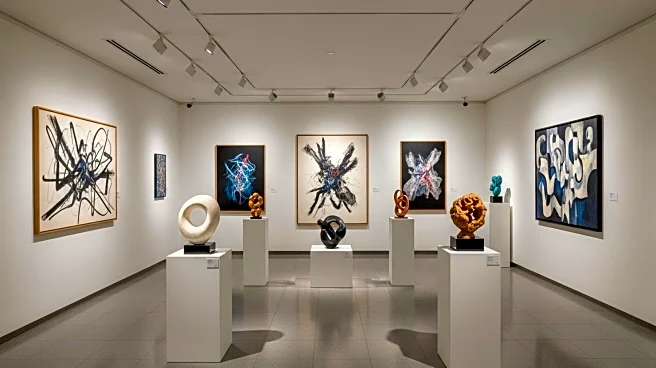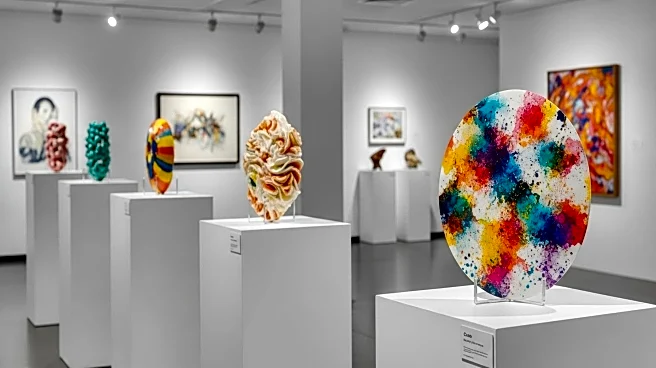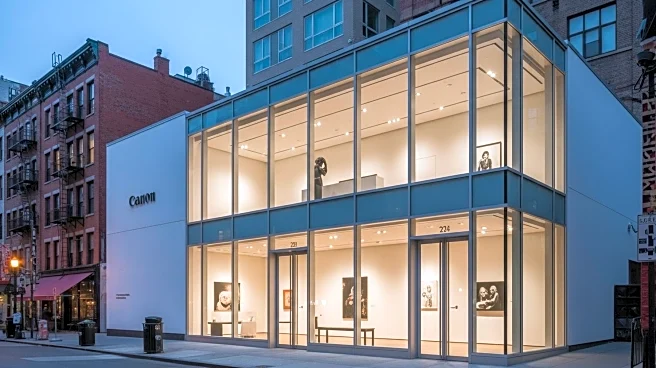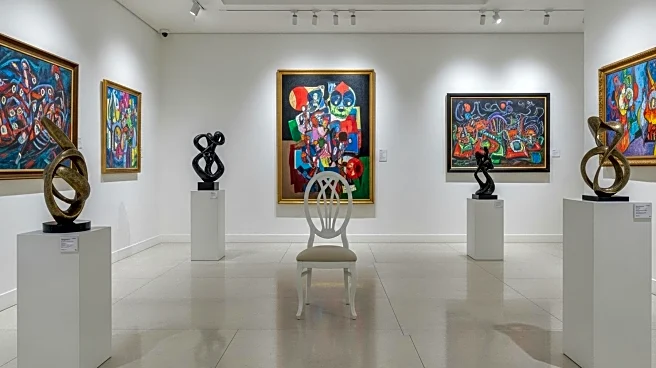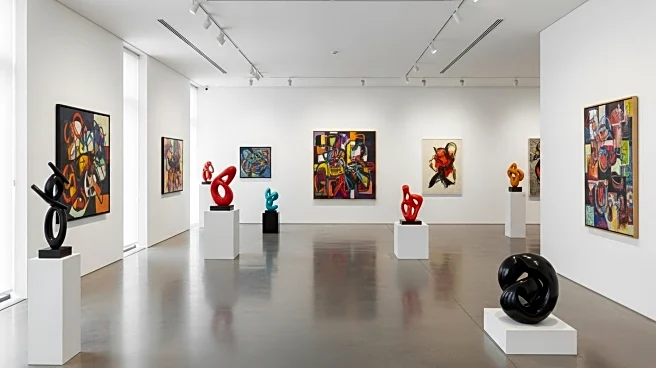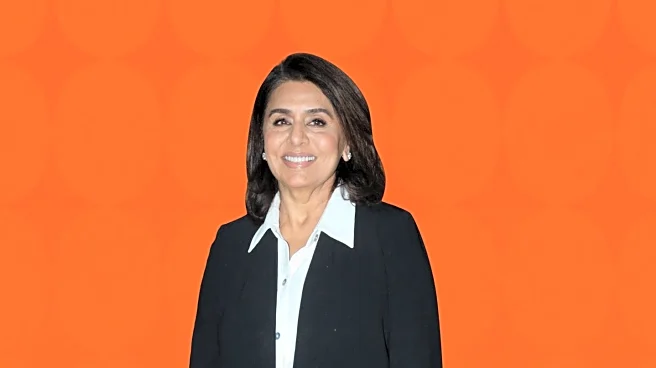What is the story about?
What's Happening?
The Artnet Intelligence Report for mid-year 2025 reveals significant challenges in the art market, particularly within the ultra-contemporary segment. The report notes a 31.3 percent decline in this market, continuing a downward trend from the previous year. Larger galleries that rapidly elevated artists to stardom are now facing repercussions, while those maintaining lower overheads and prices are gaining prominence. Despite the overall decline, there are signs of stabilization, with sales in the $1 million to $10 million price bracket for fine art at auction increasing by 13.8 percent. Additionally, sales of Old Masters have risen by 24.4 percent, indicating renewed confidence at established price points. The report includes insights from industry figures like retired dealer Jack Hanley and Guggenheim CEO Mariët Westermann, who emphasize the need for change in the art industry.
Why It's Important?
The decline in the ultra-contemporary art market signals a shift in the art industry's dynamics, affecting galleries, artists, and collectors. As speculative investments falter, next-generation buyers are losing confidence, impacting the market's growth. This situation presents challenges for galleries that have invested heavily in promoting new artists, potentially leading to financial strain and closures. Conversely, galleries with lean operations are finding new opportunities, suggesting a shift towards more sustainable business models. The rise in sales of Old Masters and high-value fine art indicates a potential pivot back to traditional and established art forms, which could reshape investment strategies and market focus.
What's Next?
The art industry may see further restructuring as galleries adapt to changing market conditions. There is potential for increased emphasis on community-driven programs and nomadic models, as galleries seek to engage audiences in innovative ways. Industry leaders may advocate for more sustainable practices, focusing on art's nonfinancial values. The report suggests that the industry could stabilize by prioritizing qualitative growth over quantitative expansion, potentially leading to a more balanced and resilient market.
Beyond the Headlines
The current market dynamics may prompt ethical considerations regarding the commercialization of art and the pressures placed on emerging artists. As galleries reassess their strategies, there could be a cultural shift towards valuing art for its intrinsic qualities rather than purely as an investment. This could foster a more inclusive and diverse art community, encouraging creativity and innovation beyond financial metrics.
AI Generated Content
Do you find this article useful?


